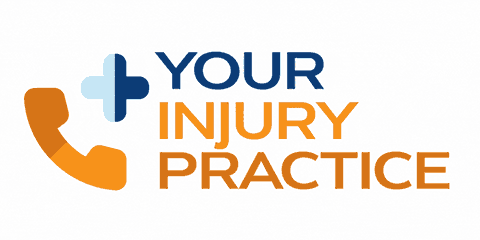Understanding the landscape of workplace injuries is essential for fostering a safer environment for all employees. Each day, countless individuals encounter risks that may lead to significant occupational injuries, impacting their well-being and productivity. Common injuries, such as sprains and strains, frequently arise from physical exertion or unforeseen accidents. Industries like construction and manufacturing often report elevated rates of these incidents, emphasizing the need for vigilant safety measures. Moreover, repetitive strain injury, including conditions like carpal tunnel syndrome, are becoming more prevalent in office settings. By gaining insight into these frequent injuries, employees can better navigate the complexities of workers’ compensation claims and prioritize their health and safety.
Understanding Common Workplace Injuries
Injuries occurring during work can lead to significant consequences for both employee well-being and overall productivity. Recognizing different types of injuries is essential for fostering an environment prioritizing health and safety. Strain injuries are among the most prevalent, commonly arising from repetitive motions and improper lifting techniques. Statistics indicate that sectors such as human factors and ergonomics, particularly construction and health care, experience high injury rates. Additionally, traumatic brain injury often surfaces in high-risk occupations, posing serious long-term effects. Implementing targeted prevention strategies, including comprehensive safety training and ergonomic workspace design, can effectively mitigate risks. Promoting a culture emphasizing occupational safety and health can significantly enhance employee awareness of critical healthcare issues such as signs and symptoms of strain injuries, the risks associated with heavy equipment, and the importance of physical therapy in preventing traumatic brain injuries and spinal cord damage.
Recognizing Signs And Symptoms Of Injuries
Prompt identification of physical trauma is crucial for effective recovery. Recognizing the key indicators associated with such occurrences is essential for accurate assessment. Start by evaluating pain levels, which often reflect the injury’s severity. A pain scale can help determine whether discomfort falls into mild, moderate, or severe categories. Check for any swelling or a bruise, which may indicate underlying damage. Mobility issues may arise, restricting range of motion and causing stress. Sensitivity changes, such as numbness, can also be significant warning signs. Awareness of these symptoms is vital in deciding when to seek medical attention, helping to prevent complications and ensure proper care. Understanding these aspects can also play a role in addressing psychological trauma that sometimes accompanies physical injuries and occupational hazards, ultimately promoting better mental health outcomes for workers.
| Key Indicators of Physical Trauma | Importance |
|---|---|
| Pain Levels | Reflects the severity of the injury |
| Swelling and Bruises | Indicate potential underlying damage |
| Mobility Issues | Restrict range of motion and cause stress |
| Changes in Sensation | Significant warning signs like numbness |
How Occupational Safety Impacts Workers
Maintaining a secure work environment is essential for employees’ well-being and businesses’ overall productivity. Safety regulations serve as a framework to safeguard workers from various types of injury and illness that can arise in different settings. By analyzing these protocols, one can see how they positively affect health outcomes, significantly reducing common injuries like carpal tunnel syndrome occurrences. Case studies have shown that workplaces prioritizing safety effectively lower compensation claims and foster a culture of wellness. In environments where noise and other potential hazards are managed properly, employees experience less strain and improved job satisfaction. Ultimately, implementing stringent safety measures benefits both employers and employees by reducing the risk of workplace injuries, such as carpal tunnel syndrome and noise-induced conditions, ultimately lowering compensation claims and promoting a healthier work environment.
The Role Of Insurance In Injury Claims
In the aftermath of an injury, navigating the financial landscape can be overwhelming for those affected. Various types of insurance are essential in providing compensation benefits to cover medical expenses and lost wages, especially for injured workers facing challenges from common workplace injuries such as sprains or tendon issues. Understanding the nuances of these policies, including workers’ compensation, is vital for effectively maneuvering through the intricate claims process. The claims process typically begins with the injured party filing a claim with their insurance provider. Essential documentation, such as medical records and incident reports, must be submitted to support claims related to heavy object handling or repetitive motion injuries that can lead to serious conditions such as sprains, tendon injuries, carpal tunnel syndrome, and burn injuries, all of which are common workplace injuries eligible for workers’ compensation benefits.
Workers’ Compensation
- Workers’ compensation insurance covers medical expenses and lost wages for injured workers.
- Common workplace injuries, such as sprains and tendon issues, are eligible for compensation benefits.
- The claims process requires essential documentation, including medical records and incident reports.
- Repetitive motion injuries, like carpal tunnel syndrome, are recognized under workers’ compensation policies.



